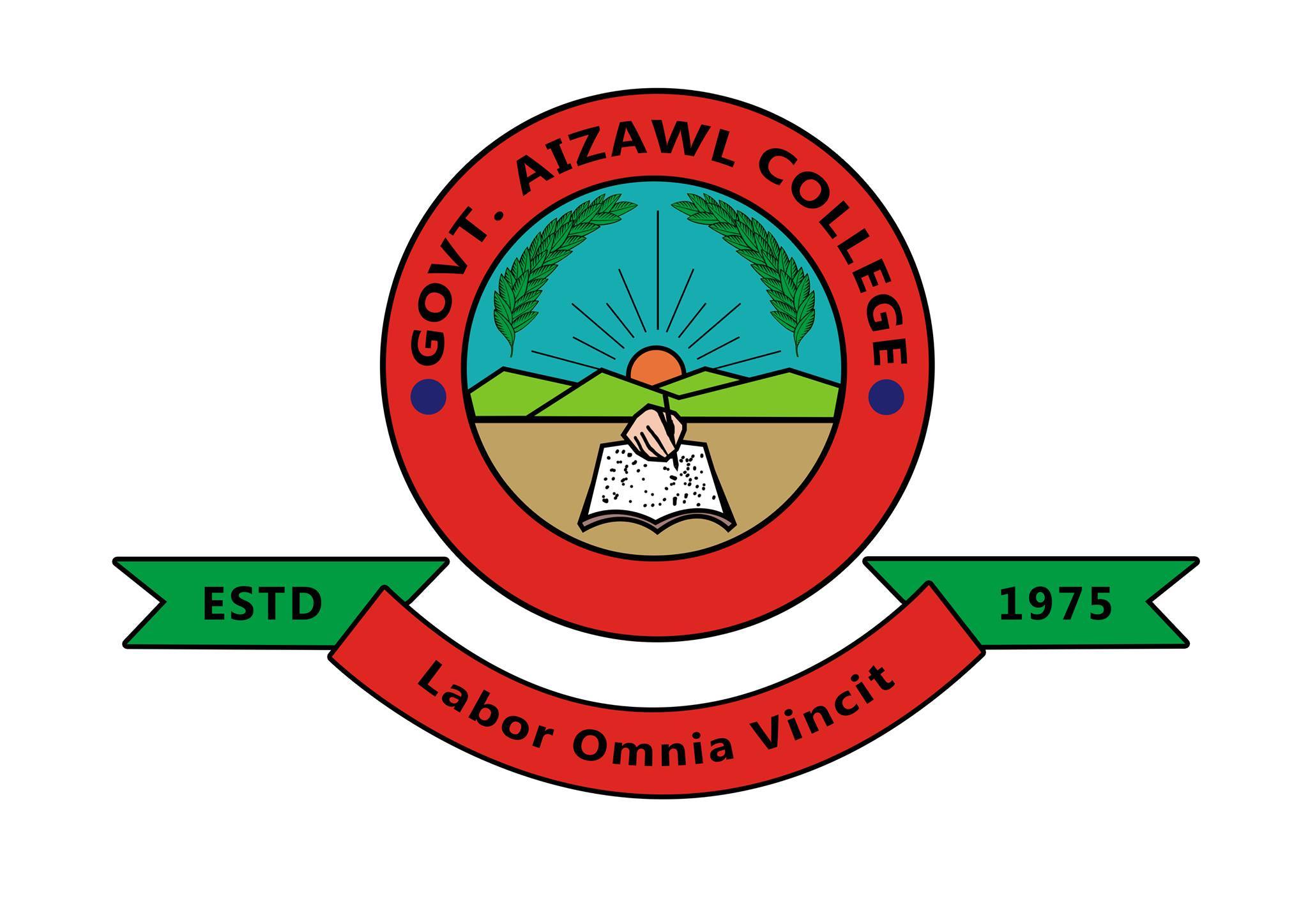APPLICATION OF MARGINAL COSTING AND COST VOLUME- PROFIT ANALYSIS:
In the background of Indian economic scenario,the application of marginal costing technique assume a special significance as it helps to ensure globally competitive prices by way of differenciation between fixed and variable cost.Managerial decisions demand that in the short run the setting price should cover at least the variable cost of production and any surplus left over should cover the fixed expenses to the extent possible marginal costing is useful in:
1. Cost control : Marginal costing by concentrating all efforts on the variable costs can control and thus provide a tool to the management for control of total cost.Marginal costing analysis will correctly bring out the reasons as to why the profits are decreasing inspite of increase in sales.
2. Profit planning : Marginal costing helps the profit planning i.e. planning for future operations in such a way as to maximize the profits or to maintain a specified level of profit.Profits are increased or decreased as a consequence of fluctuations in selling prices,variable costs and sales quantities in case there is fixed capacity to produce and sell.
3. Evaluation of Performance : The different products,departments,markets and sales divisions have different profit earning potentialities.Marginal cost analysis is very useful for evaluating the performance each sector of a concern.Performance evaluation is better done if distinction is made between fixed and variable expenses.
4. Decision Making : The information provided by the total cost method is not sufficient in solving the management problems-marginal costing technique is used in providing assistance to the management in vital decision-making,especially in dealing with the problems requiring short-term decisions where fixed costs are excluded.The following are important areas where managerial problems are simplified by use of the marginal costing:
i) Fixation of selling price
ii) Key or limiting factor
iii) Make or buy decisions
iv) Selection of a suitable product Mix
v) Effect of change in price
vi) Maintaining a desired level of profit
vii) Alternative Methods of production
viii) Cost indifferent point
ix) Diversification of products
x) Closing down or suspending activities
xi) Alternative course of actions.
MAKE OR BUY DECISIONS : A concern can utilize its idle capacity by making component parts instead of buying them from market.In arriving at such a make or buy decision,the price asked by the outside suppliers should be compared with the marginal cost of producing the components parts.If the marginal cost is lower than the price demanded by outside suppliers,the component parts should be manufactured in the factory itself to utilize unused capacity.Fixed expenses are not taken in the cost of manufacturing components parts on the assumption that they have been already incurred,the additional cost incurred is only variable cost.
In a make or buy decision the following cost and non-cost factors must be considered specifically.
Cost Factors :
1) Availability of plant facility
2) Quality and type of item- which effects the production schedule
3) The space required for the production of item
4) Any special machinery or equipment required
5) Any transportation involved due to the location of production
6) Cost of acquiring special know how required for the item
7) As to purchase of raw material the factors like market price,price trend,availability and other must be kept in view.
8) As to labour factors like availability of the required lab.
Non-Cost Factors :
Among the non-factors specifically 1.In favour of making the factors like
i) Secrecy of company production
ii) Idle facility available
iii) Quality and stability of market supply
iv) Tax considerations
v) Desirability of maintaining certain facilities 2.In favour of buying factors like
i) Lock of capital required
ii) Passing the know how to suppliers or not
iii) Uneven production of end product
iv) Wide selection
Maintaining a Desired Level Of Profits :
Management may be interested in maintaining a desired level of profits.The volume of sales needed to have a desired level of profits can be ascertained by the marginal costing technique.
RECONCILIATION OF COST AND FINANCIAL ACCOUNTS :
Need For Reconciliation: The reconciliation between the results of the two sets of books is necessary due to the following reasons :
1) To find out the reasons for the difference in the profit or loss in cost and financial accounts and to indicate the position clearly and to be sure that no mistakes pertaining to accounts have been commited.
2) To ensure the mathematical accuracy and reliability of cost accounts in order to have cost ascertainment,cost control and to have a check on the financial account.
3) To contribute to the standardization of policies regarding stock valuation,depreciation and overheads
4) To facilitate coordination and promote better cooperation between te activities of financial and cost sections of the accounting department
5) To place management in better position to acquant itself with the reasons for the variation in profits paving the way to more effective internal control.
Reasons For Disagreement In Profit : The disagreement between te costing and financial profit is caused by the following;
1) Items sown only in financial account-: There are a number of items which are included in financial accounts but not in cost accounts.These may be items of expenditure or appropriation of profit or items of income.
2) Items shown only in cost accounts-: There are some items wich are included in cost accounts but not in financial accounts
3) Over or Under-absorption of Overheads-: Under or over-absorption of overheads leads to difference in cost and financial accounts.
4) Different Bases of Stock Valuation-: The valuation of all stocks in financial accounts is done on the basis principle of cost or realizable value whichever is less.The valuation of stock in cost accounts is dependent on this fact whether it is raw material,work-in-progress and finished goods.
5) Different Methods of Charging Depreciation-: The methods of charging depreciation may differ in financial accounts and cost accounts and may cause disagreement in profits of the two books of accounts.
6) Abnormal Gains And Losses- : Abnormal items as abnormal wastage of material by thefe,wages of abnormal idle time,cost of abnormal idle facilities,exceptional bad debts,abnormal gains on excluded from the cost accounts and are taken directly to the costing profit and less account.
Methods Of Reconciliation- : The reconciliation of costing and financial profits can be attempted either by;
a) Preparing a reconciliation statement : When reconciliation is attempted by preparing a reconciliation statement profit shown by one set of accounts is taken as base profit and items of difference are eiter added to it or deducted from it to arrive at the figure of profit shown by other set of accounts.
b) Preparing a Memorandum Reconciliation Account- : This account is a memorandum account only and does not form a part of double entry.When reconciliation is attempted through memorandum reconciliation account,profit to be taken as 'base profit' is shown like opening balance of tis account.All items of differences required to be deducted are debited and those to be added are credited to this account,the balancing figure of this account is the profit shown by other set of accounts.


















